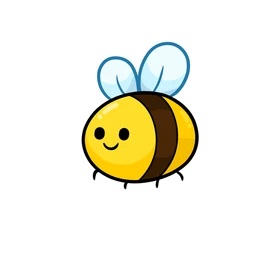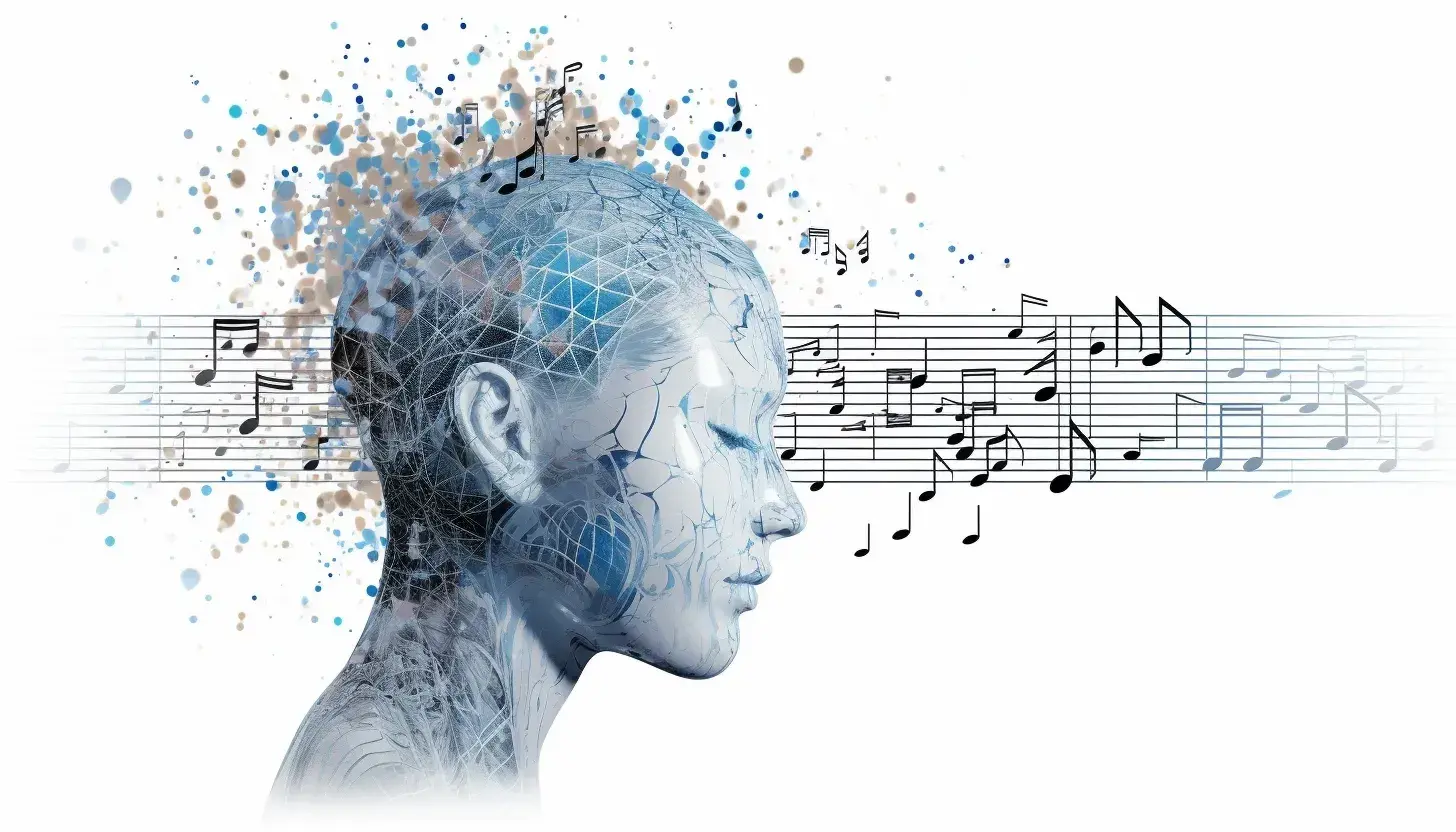cura
Trying to bee nice.
- 2 Posts
- 12 Comments

 3·1 year ago
3·1 year agoI’m assuming lemmy’s bug is acting up again lol. Anyway, I am also very excited about Sync.

 3·1 year ago
3·1 year agoSurveys After each song, participants were asked to rank how much they liked the song (1 to 10), if they would replay the song (0, 1), recommend the song to their friends (0, 1), if they had heard it previously to assess familiarity (0, 1), and if they found the song offensive (0, 1). We also showed participants lyrics from the song and lyrics created by the researchers and asked them to identify the song lyrics to measure their memory of the song (0, 1).
I still think your concern is legitimate.

 2·1 year ago
2·1 year agoAbstract
Identifying hit songs is notoriously difficult. Traditionally, song elements have been measured from large databases to identify the lyrical aspects of hits. We took a different methodological approach, measuring neurophysiologic responses to a set of songs provided by a streaming music service that identified hits and flops. We compared several statistical approaches to examine the predictive accuracy of each technique. A linear statistical model using two neural measures identified hits with 69% accuracy. Then, we created a synthetic set data and applied ensemble machine learning to capture inherent non-linearities in neural data. This model classified hit songs with 97% accuracy. Applying machine learning to the neural response to 1st min of songs accurately classified hits 82% of the time showing that the brain rapidly identifies hit music. Our results demonstrate that applying machine learning to neural data can substantially increase classification accuracy for difficult to predict market outcomes.
So they use synthetic data to both train and test their model, this is because the original dataset contains only 24 songs.
Next, we assessed the bagged ML model’s ability to predict hits from the original 24 song data set. The bagged ML model accurately classified songs with 95.8% which is significantly better than the baseline 54% frequency (Success = 23, N = 24, p < 0.001).
So the 97.2% accuracy is reported on the synthetic data. On the original one, it is 95.8%. But the authors do acknowledge the limitations.
While the accuracy of the present study was quite high, there are several limitations that should be addressed in future research. First, our sample was relatively small so we are unable to assess if our findings generalize to larger song databases.

 9·1 year ago
9·1 year agoTheir prequel on Meta: A few thoughts about #Meta’s #ActivityPub project (and whether we should instantly block it)
To recap: I’m also very, very suspicious of Meta and I know they don’t have good intentions - I’m not suggesting that maybe they’ve changed and they will do things differently, to “give them a chance” first. I just don’t think that declaring to block them makes much sense at this point in time. Maybe they will give us real reasons to block them once they launch their platform. But I’m not by principle against interacting with Meta users, as long as I can avoid Meta’s ads, black box algorithm and data mining.
I guess you do need to know the domain name first to block it.

 2·1 year ago
2·1 year agoBut these building blocks would need policy change to thrive. Projects like the Fediverse, for example, are not able to integrate with closed systems or compete with the massive concentrated resources of the likes of Facebook. A set of radical policy changes would therefore be needed to force big social media networks to interoperate, decentralize internally, open up their intellectual property (e.g. proprietary software), end forced advertising (advertising people are subjected to in exchange for “free” services), subsidize data hosting so that individuals and communities — not the state or private companies — can own and control the networks and perform content moderation. This would effectively strangle tech giants out of existence.
I guess there’s only so much tech can do.

 6·1 year ago
6·1 year agoThe defederated list does not include reasons and we can’t add it from Lemmy’s tools. The Lemmy instances we’ve defederated from memory are : Hexbear.net and Lemmygrad.ml because they deny certain genocides, exploding-heads.com and lemmygrad.com because they are queerphobic, burggit.moe because they host child pornography.
This project was funded through the NGI0 Discovery Fund, a fund established by NLnet with financial support from the European Commission’s Next Generation Internet programme, under the aegis of DG Communications Networks, Content and Technology under grant agreement No 825322.
Source: https://nlnet.nl/project/Lemmy/

 38·1 year ago
38·1 year ago“Same bigotry, different religion”

 11·1 year ago
11·1 year agoThey were posting from mastodon, I guess that’s just by default.

 2·1 year ago
2·1 year agoIt happened to my Pixel 4a.

I always feel that there are way more bad news than good news until now. I made a tally of the posts on the homepage of Beehaw right now and registered 14 as positive, 10 as negative, and 15 as neutral wrt my stance. It just seems like I actively focus more on the bad ones. Maybe I will try reading more positive ones.